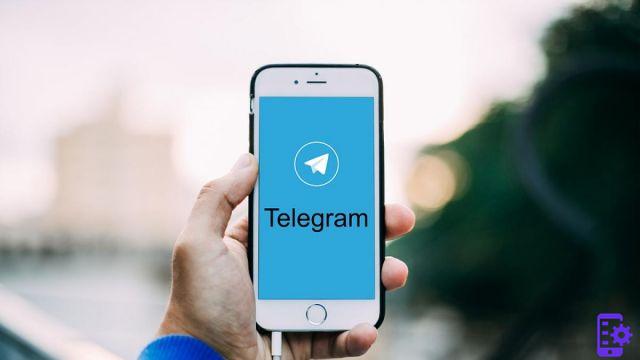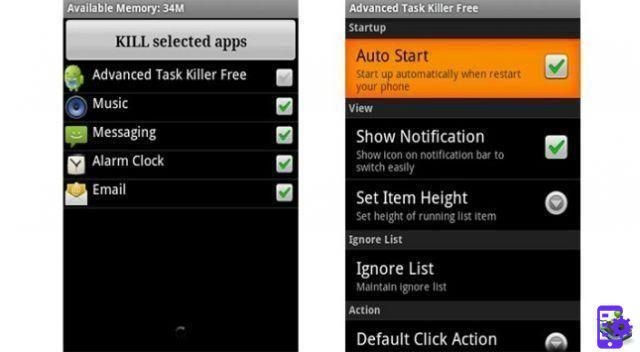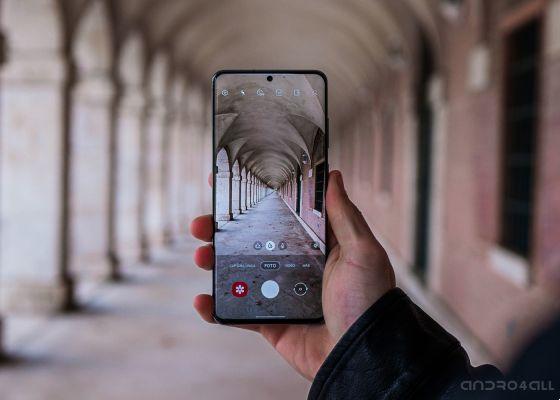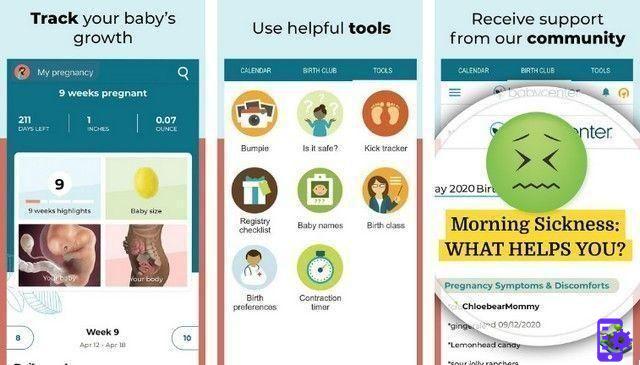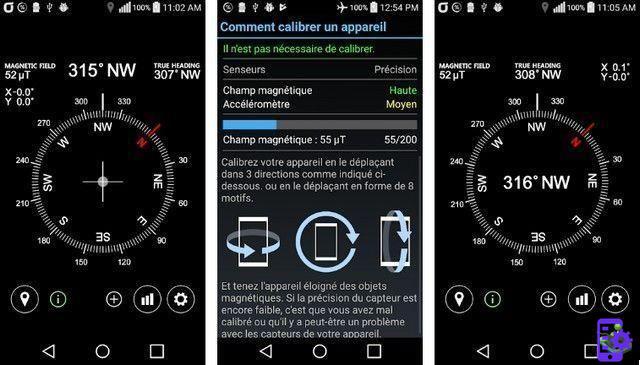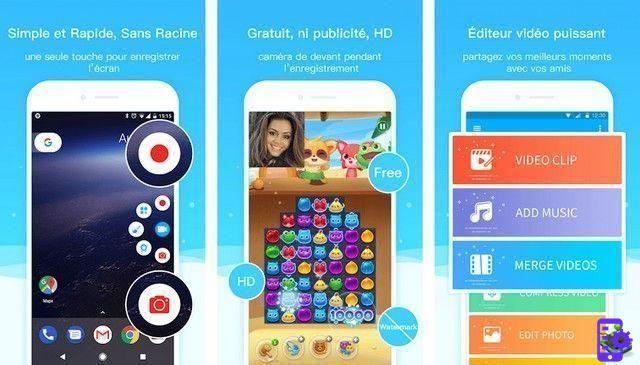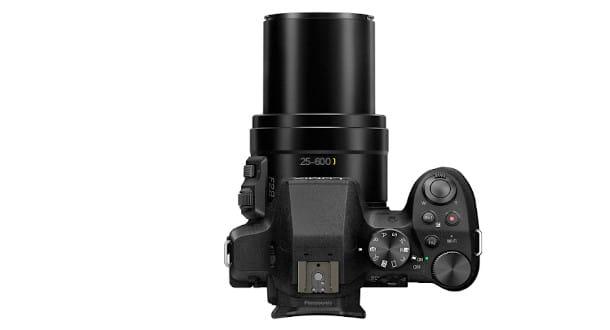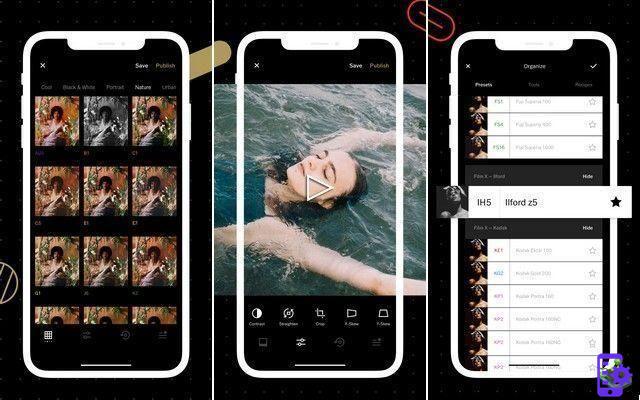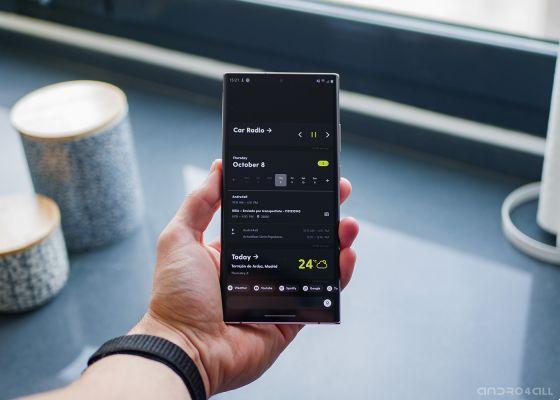That Android's official motto is Be Together, Not The Same is no coincidence. Unlike what happens on other platforms such as iOS, on Android it is possible to find thousands of totally different device models, with very different technical data sheets, and software which, despite being based on the same operating system, include features or additions that we won't find in the rest of the templates.
One of the aspects that make it Android devices so different from each other are the so-called levels of customization. In this guide, we will explain everything you need to know about them, so that you can choose for yourself which one is best for you.
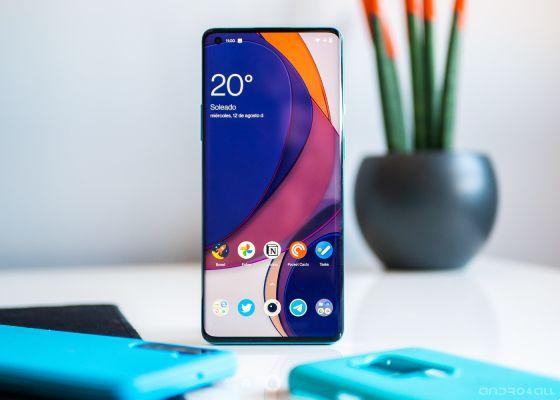
OxygenOS 11, one of the most popular levels of customization by users.
What is a personalization layer?
If no cell phone included a level of personalization, Android would be a very boring world, made up of hundreds of different devices, but which would end up offering a very similar experience, with little or nothing to stand out from the rest.
But the philosophy open Google's operating system allows to device manufacturers of modify many aspects of Android to your liking, such as the user interface, pre-installed applications or default settings, as well as other more advanced tweaks ranging from how notifications or the use of system resources are managed.
This set of changes made by brands are usually included under the same brand, and that's how it is are born the layers of personalization. Each level is present on most devices from the same manufacturer and with each new version of Android the elements that make up the level are updated to adapt to the changes introduced by Google in its operating system.
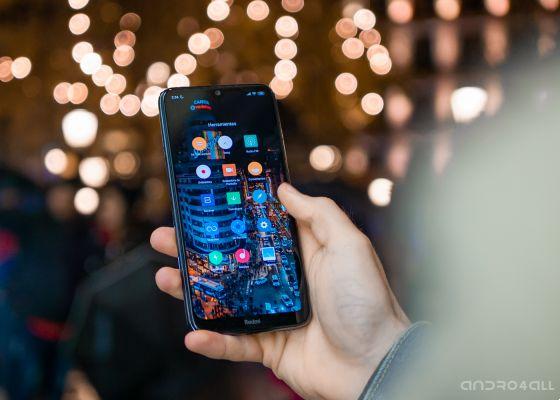
MIUI 12, one of the most recent versions of Xiaomi's customization layer.
What levels of customization are there?
Within the Android device industry, you can find a large number of levels of customization of different types. At the end of the day, there are as many levels as there are producers, because no matter how small they are, they all make some changes to the operating system when they develop the software that their phones will use.
Obviously not all levels are the same. Some try to go unnoticed introducing very few changes to offer a purer Android experience, as with the customization layers of brands like Sony or Motorola, so much so that these layers don't even have a name.
Other brands, on the other hand, make their customization layers a whole brand to be exploited when promoting their products and whose modifications pay off substantially nil the similarities compared to the cleaner versions of Android. Normally, it is Chinese companies that bet on this type of level, although we can find others following the same path as the almost disappeared HTC with HTC Sense.
It's time to we learned more about levels of customization, it's time to give take a look at some of the most popular ones around today. Are the following:
ASUS: ZenUI
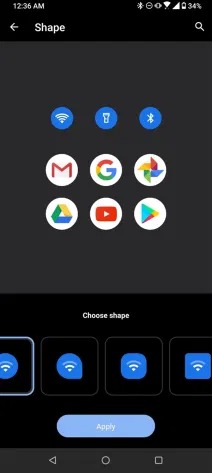
The level of customization ASUS it is one of the most advanced in recent years. With the ASUS ZenFone 6 released in 2019, the company introduced a look much cleaner compared to previous versions, more similar to Android in its stock version.
But despite its similarity to AOSP, ZenUI, currently in version 7, introduces very useful features that are not present in other Android phones.
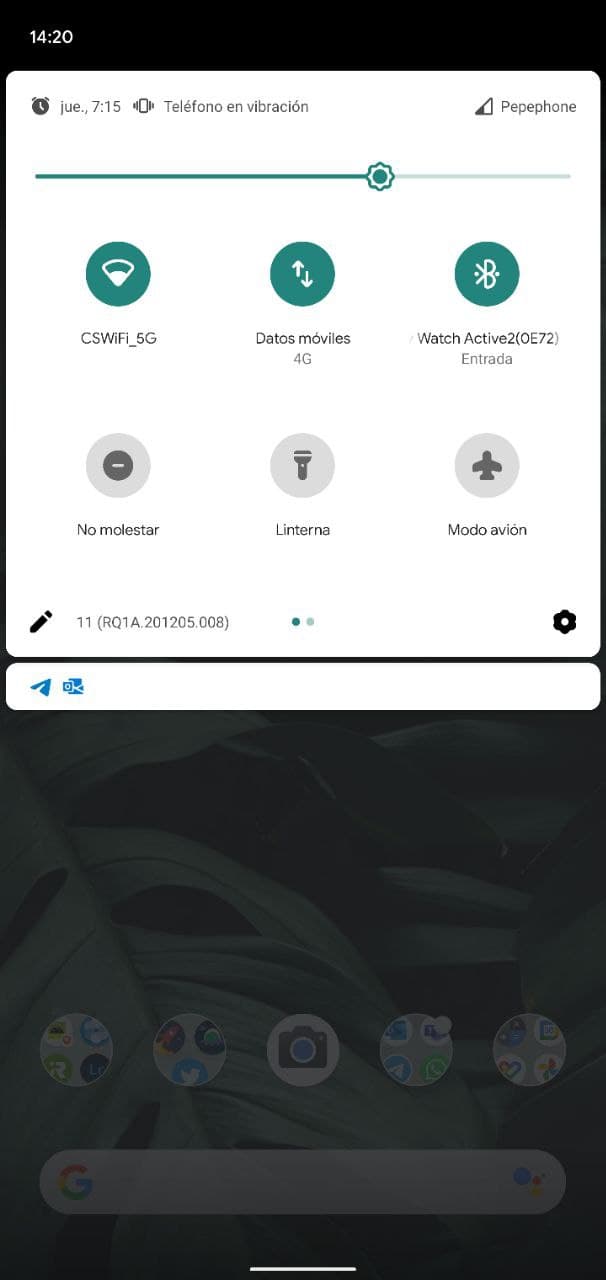
Né “Pixel ROM”, né “Pixel Experience”: the level of personalization of Google Pixel phones does not have a name, or at least we don't know.
But the myth that "the Pixels use a pure Android version" is not true either. The reality is that Google's terminals they have a layer full of features and additions, in some cases exclusive to Pixels, which are not available on other phones.
Huawei / Honor: EMUI
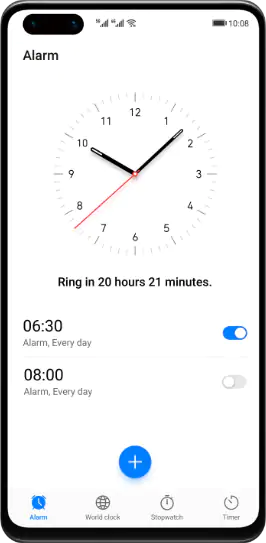
A company committed to extreme customization of the software of his phones is Huawei. So much so that the company plans to stop using Android and switch to HarmonyOS, its own operating system, while retaining the same level of customization: EMUI.
EMUI is currently in its version 11, and it's a level that, for years, has looked like iOS style. It is a level that has its applications alternatives to those of Google.
Motorola
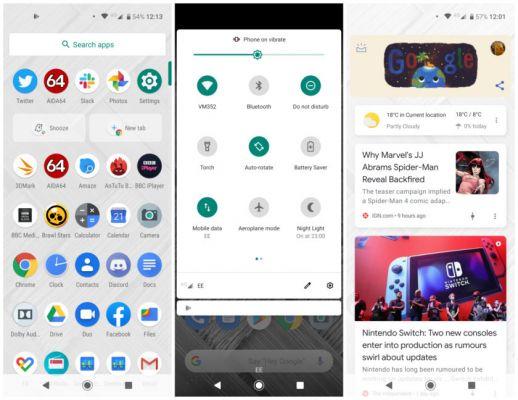
Motorola's software bears a strong resemblance to "stock" Android.
Don't be fooled by its great resemblance to "stock" Android: il Motorola's mobile software hides several aces up its sleeve, like Motorcycle Actions, a series of quick adjustments that allow you to get more out of your company's terminals.
For many, Motorola's level of customization is one of the best we can find. Too bad the company doesn't have a particularly good reputation for keep your devices up to date to the latest versions of Android.
Meizu: FlymeOS
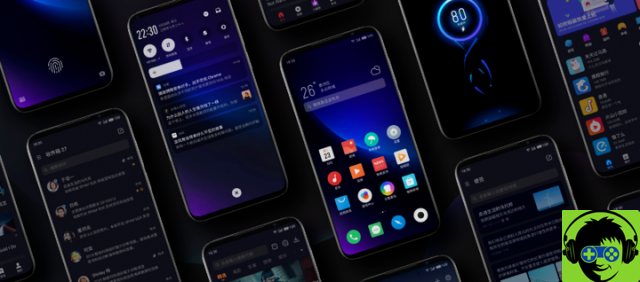
FlymeOS is the level of customization for Meizu mobile phones.
Like the vast majority of levels developed by Chinese manufacturers, Flyme, the level of Meizu, bets on a very different aesthetic from that of stock Android. It is colorful and full of animations, with alternative applications to those of Google and items inherited from iOS.
LG: LG UX
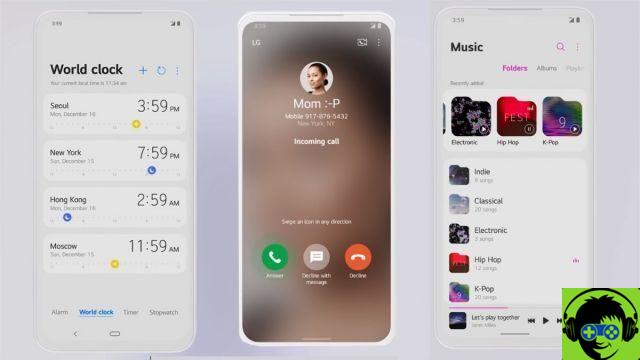
LG UX 9, the latest version of LG's customization layer.
LG is another one of the brands that is committed to offering highly customized software, with a colorful aesthetic that in a way reminds us of iOS.
The latest version of this software is LG UX 9 and is based on Android 10.
OnePlus: OxygenOS
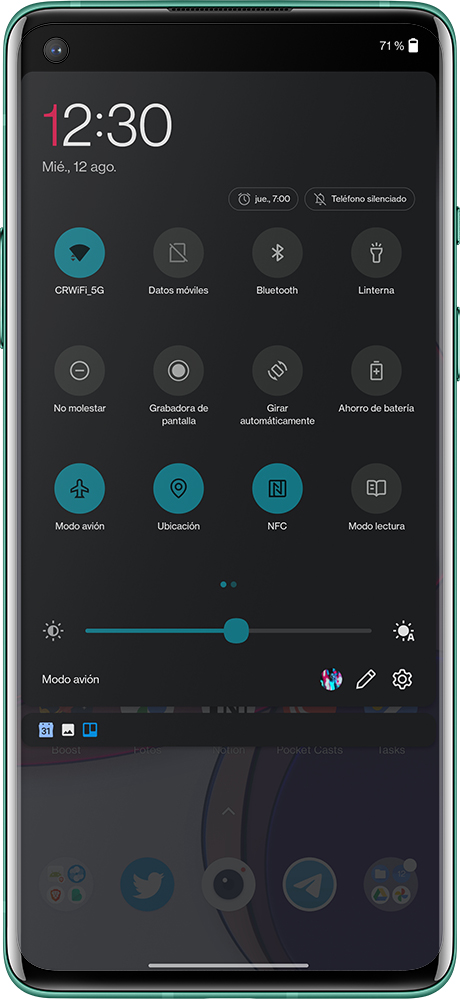
OnePlus began its adventures with Android using the ROM Cyanogen in his first cellphone. From there, it continued to develop OXYGEN in parallel with HydrogenOS, its levels of customization oriented respectively to western and eastern markets.
For years, the company has offered a level whose appearance resembled that of "pure" Android, although the rest of the elements of the system were very different. Now, the OxygenOS interface has evolved with its version 11, to the point of being one of the most diverse stock Android levels in existence, with features that make it a level much more like Samsung's One UI.
OPPO: ColorOS
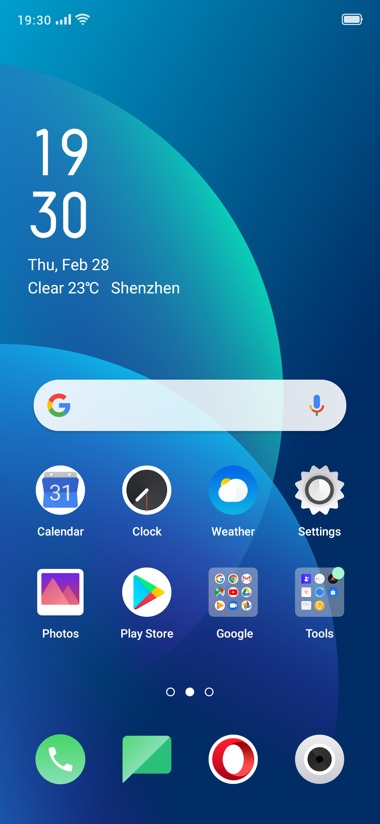
Even the sister company of OnePlus, OPPO, has its own level of customization: coloros. It is a software that in recent years has been simplified, going from a very overloaded layer to a much simpler one, but still with a far away interface from the lines of “pure” Android.
realme: realme UI
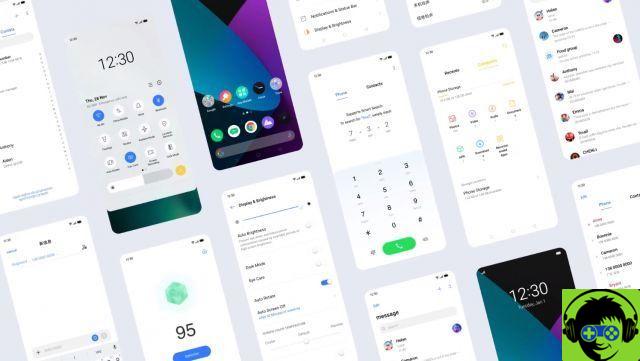
realme UI, the realme customization layer that inherits functionality from ColorOS.
Being the sub - brand of OPPO, it is no wonder that io I've actually used the parent company's personalization layer since its inception. However, at the moment he has decided to add an extra layer of customization on top of ColorOS, that the company call realme UI.
This level inherits many features of OPPO software, although it introduces usefulness that the users of the device had actually requested from the company.
Samsung: a user interface
In his day known as TouchWiz, Samsung's level of customization is probably one that has evolved the most over the years.
It started out as a heavy, feature-rich cape that many considered unnecessary, with a rough, scruffy design. Now One UI it is one of the most refined and coherent looking levels we can find.
It's still not perfect: its performance, especially on less powerful mobiles, leaves something to be desired, and the company continues to have one problem with bloatware.
Sony
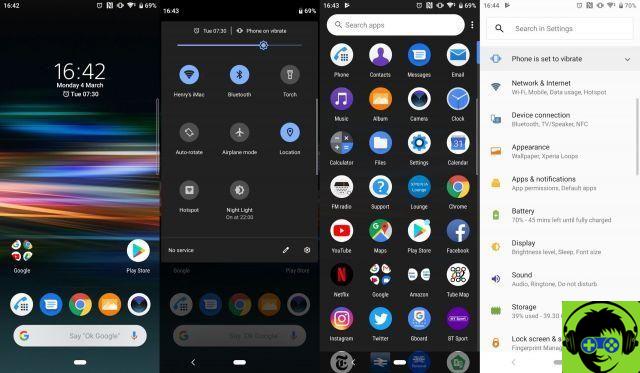
Sony mobile software.
Following a similar path to Motorola, Sony opt to offer an experience clean and light with Android, inherited from AOSP and without too many additions that dirty the interface.
Live: OriginOS
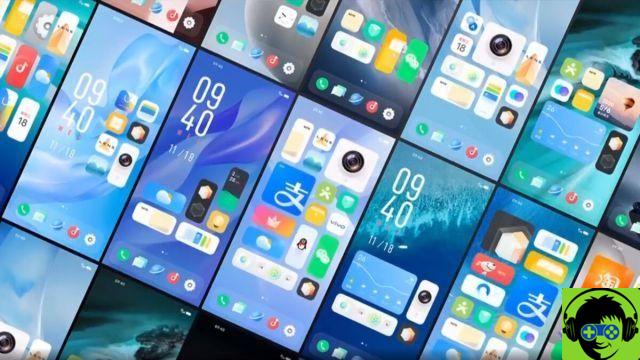
OriginOS, Vivo's level of customization.
Vivo took advantage of his arrival in Europe to announce his arrival to the world new experience with Android, called OriginOS.
OriginOS differs from the rest of the levels by offering a dynamic design, with "squares" of different sizes on the home screen that in a way remind us of the aesthetics of the now defunct Windows Phone.
With OriginOS, Vivo is committed to offer a feeling of extreme fluidity through neat animations and incorporating features from iOS and other layers from China.
Xiaomi: MIUI
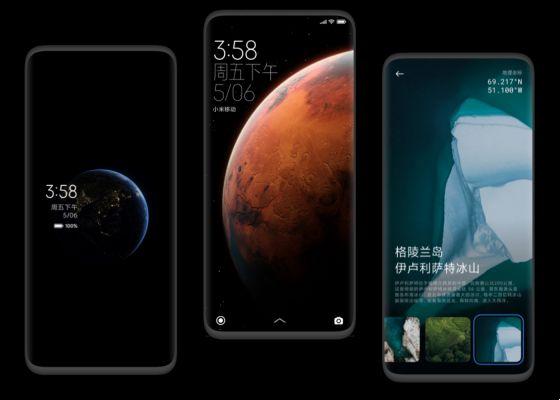
MIUI 12, Xiaomi's level of customization.
Next to EMUI, MIUI it most likely is the level di best known customization of all. It is the software that Xiaomi has been using on its phones for years, with a look similar to that of iOS and dozens of extra features that we cannot find in “stock” Android.
Sometimes MIUI, like many other Chinese layers, MIUI has been criticized for his way of managing system resources and notifications, or for having placed ads which, fortunately, can be disabled.
However, the latest version of MIUI also includes features that we would like to see on other models.
What are the best levels of customization on Android?
The choice of one layer of personalization or another depends on the personal taste and objective opinions. After all, not all people look for the same thing in their mobile software, and there are those who prefer a level rich in functionality and utility compared to a cleaner and lighter one.
However, if history has taught us anything, it is that i levels that choose to completely customize the Android experience they are the ones who end up showing their most serious problems in terms first memory or resource management, management of notifications or updates that do not arrive.
Obviously it shouldn't be generalized either: layer like MIUI, One UI o OXYGEN, despite their large aesthetic and operational differences with stock Android, they offer a discreet support even for the most affordable models of the respective brands.
Can you remove or change an Android's customization level for another brand's?
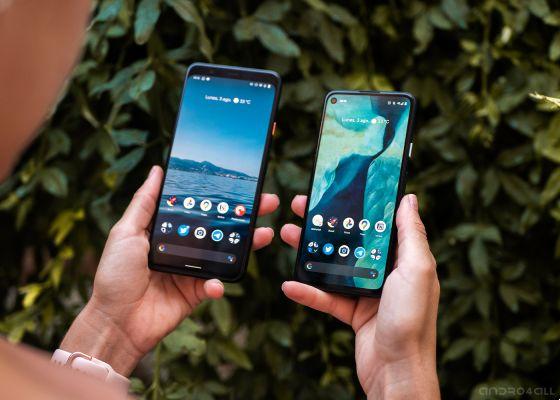
Google Pixels do not have “pure” Android: their software is full of small details and functions.
Perhaps on some occasion you have wondered if it is possible to change the level of personalization of your mobile for that of another brand. And the answer is yes… even if it depends.
And, although there are Layer based Android ROMs like MIUI, Flyme or Pixel software, most of them are only available for i most popular mobiles on the market or those who have a good independent development community behind them.
But if what you want is change the personalization level of your mobile in a simple way like installing an app, I'm afraid that this is an option that does not exist today. Fortunately, we will always have the infinite customization options that Google's operating system offers us.





